Traditional wrought iron gates can be found in every parish around Ireland. The first wrought iron gates date back to the 1600s. According to Kilkenny-based historian Shem Caulfield, much of Ireland’s oak woods were cleared for use in charcoal production during the 1600s as the smelting industry prospered. This was the process of extracting iron from ore for use in industry. Much of this iron was exported, but some was used for indigenous wrought iron gate production.
From the mid 1800s, the majority of wrought iron used for gate production was imported from the UK where coal was being used to fuel iron furnaces during the industrial revolution. The smelting industry at home could not compete with large scale production in the UK.
Despite iron now having to be imported, wrought iron gates were still manufactured in Ireland in a big way until the mid-20th century. However, from the 1950s onwards, a slow demise of wrought iron began.
Shem says this happened for a variety of reasons, but the major factor was rural electrification, which saw blacksmith forges being replaced by small engineering works with the use of power tools and welding machines. Mild steel also became popular and wrought iron was difficult to come by.
Since these gates are no longer being manufactured, there is a real risk that they could be lost forever, which would be a real pity.
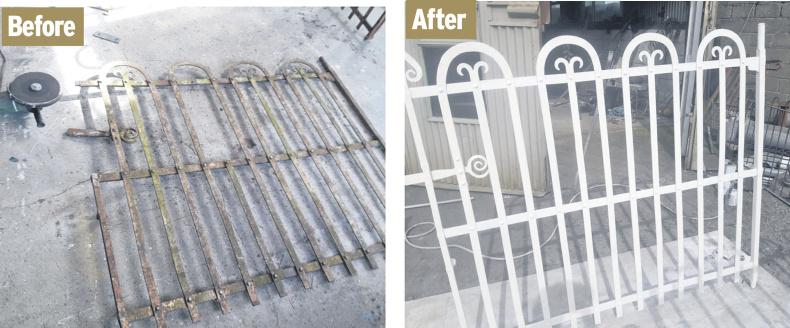
“Traditional wrought iron gates are fairly unique around the world and are really part of our heritage. In the UK there were more wooden gates but because the moisture levels are so high here wooden gates wouldn’t last so we used iron instead,” explains Shem.
He says traditional gates should and have lasted lifetimes because the quality of the material used in their manufacture.
“Farmers should realise that the construction of a gate and pier was quite a big investment for their forefathers 100 years ago and as a mark of respect for those hard-working people they should be protected,” Shem said. “Every blacksmith had his own style of making a gate and some put their initials on the finished product which showed the pride they had in their work. Every gate tells a very important story of honesty and integrity which can be useful values to reflect upon in the modern age,” he reflected.
Restoration
The Irish Farmers Journal visited Stoneyford Engineering, based in Stoneyford, Co Kilkenny, which specialises in the restoration of traditional wrought iron gates. Brothers Michael and Joe O’Dwyer run the business which was established in 1972. Both men gave us their tips on restoring traditional farm gates. At Stoneyford engineering, they restore old traditional gates using as much of the original materials as possible.
Michael explains: “We have a steady flow of customers over the years but it has become notably busier since we launched our website.”
Joe says: “Some customers send us their gates to be restored and used as an entrance to dwelling houses while others send them to be put back in the original place in the farmyard.”
Michael said that if a gate is in very poor condition and can’t be fully restored they can shorten it and turn it into a pedestrian gate, which he says are rarer to come by. “The most important thing farmers can do if they have such a gate is to put it standing up and hanging. If it is left lying in a ditch it will rot over time,” warns Michael. “When we get a gate in for restoration we ask the customer what they would like done. This can come down to their taste and sometimes budget.
“If there are bars missing we will try to replace them with the same type of material rather than using mild steel. We will brush off any rust or flakey paint with a wire brush or angle grinder. Some customers ask for the gates to be shotblasted and primed, which can be done but it will cost more.”
The brothers do not recommend galvanising these gates because it does not react well with the iron. Painting is the preferred approach. The brothers say the cost of a restoration job varies depending on the condition of a gate and the finishing touches required.
“The majority cost from €600 to €1,000 and shot blasting would cost €250 on top of this,” says Michael.
The brothers said these gates are not always practical on farms where large machinery is in operation. However, they suggest moving the old traditional gates to low traffic areas of the farmyard or making a replica gate to match the old gate and widen the entrance.
“If building a stone pier, try to incorporate a steel bar for the eye to hang the gate with. Avoid drilling hangers if possible because these can be easily removed and the gate could be stolen as a result,” Joe warns.
The brothers also remind farmers building entrances to make sure enough space is available for the equipment if the gate will be automatically powered.




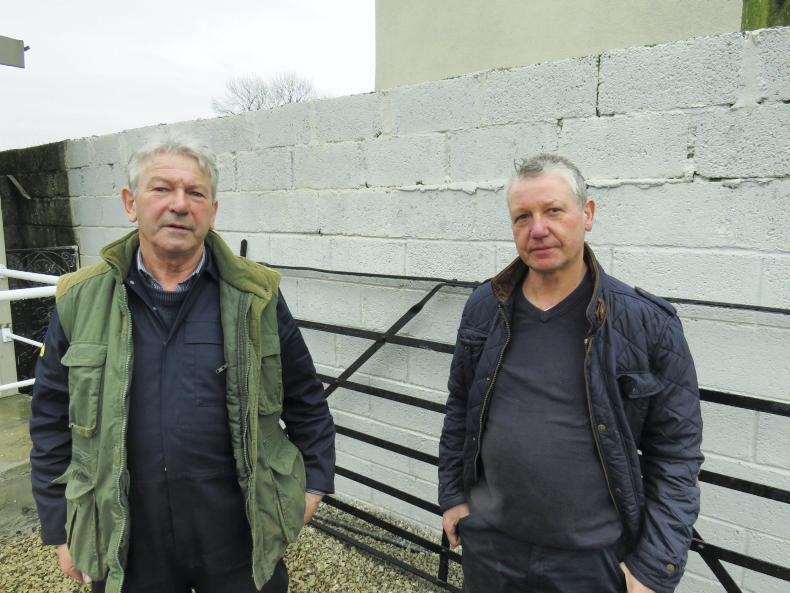
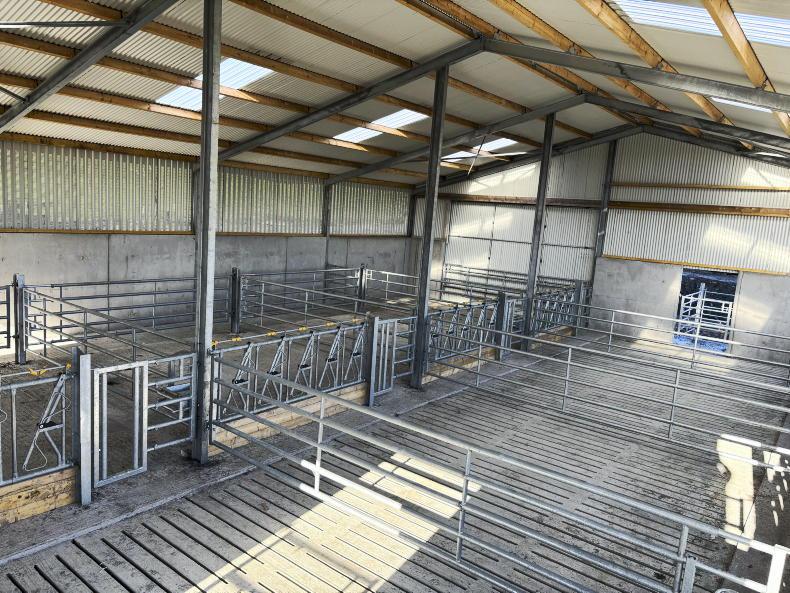

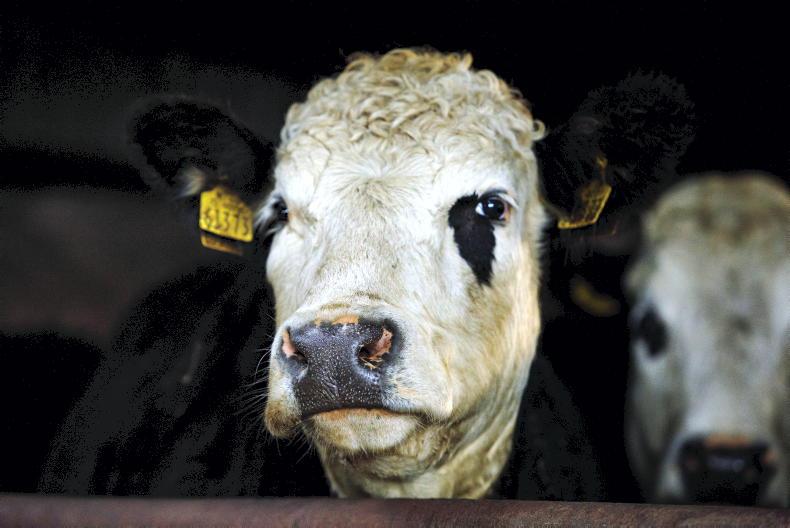
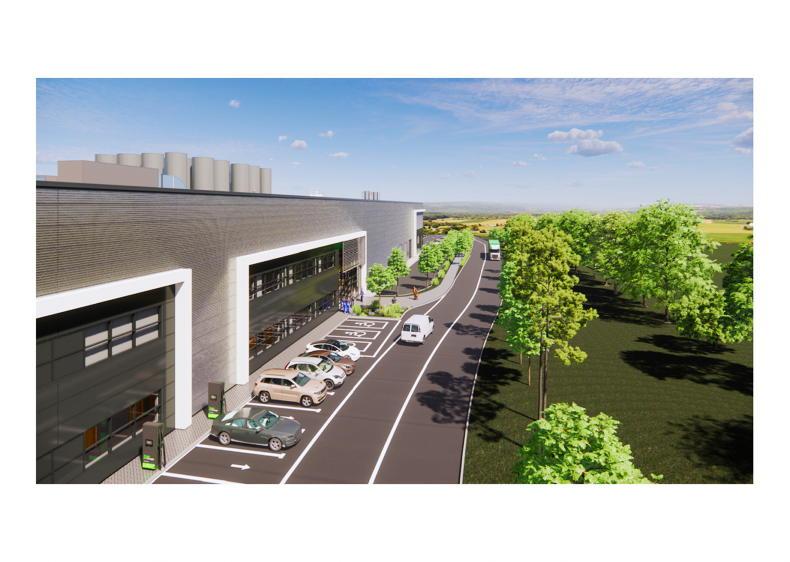
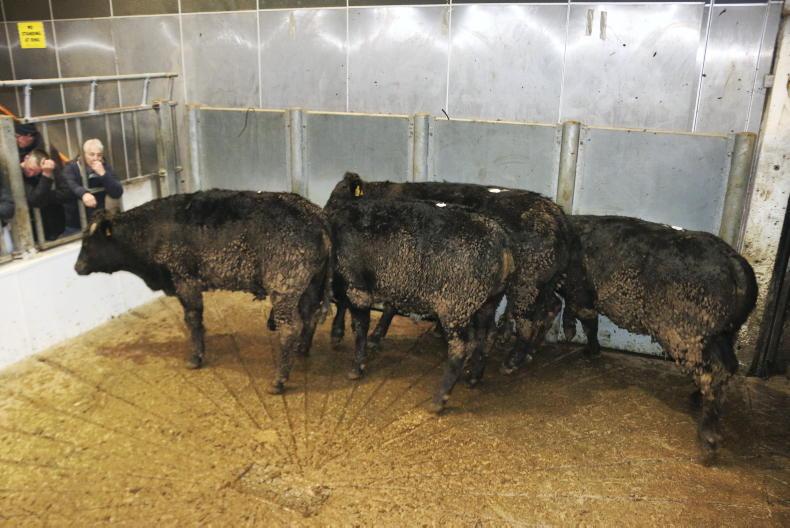
SHARING OPTIONS